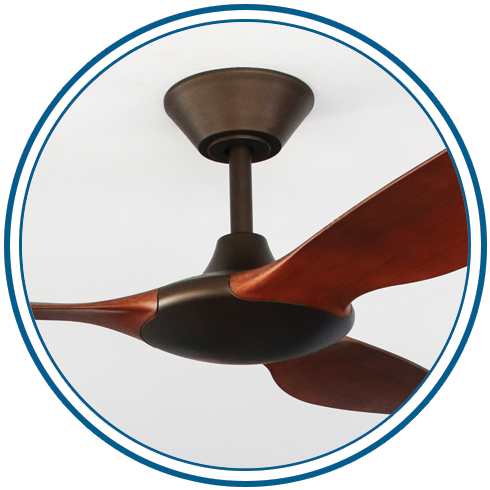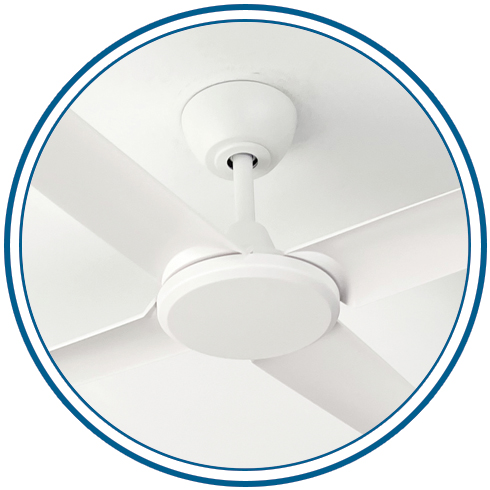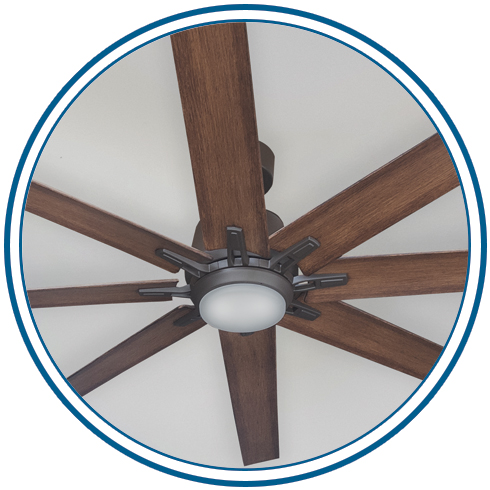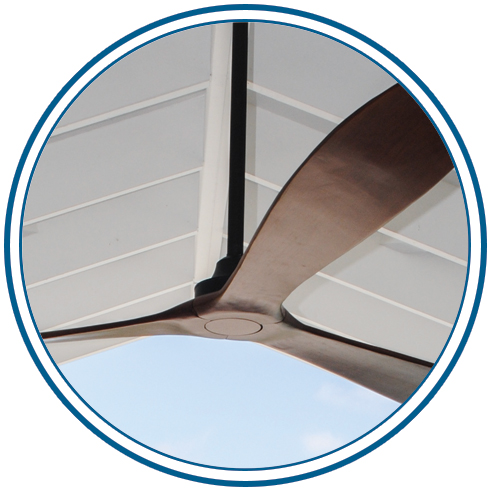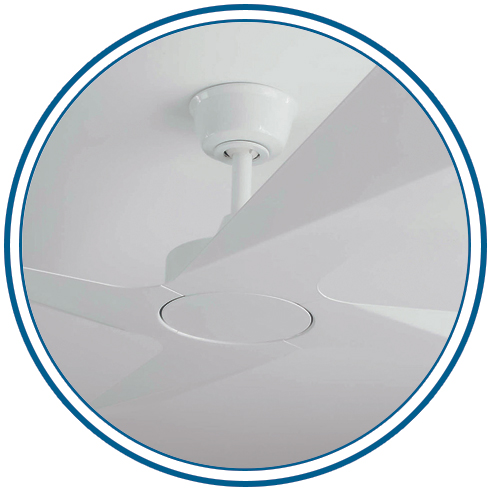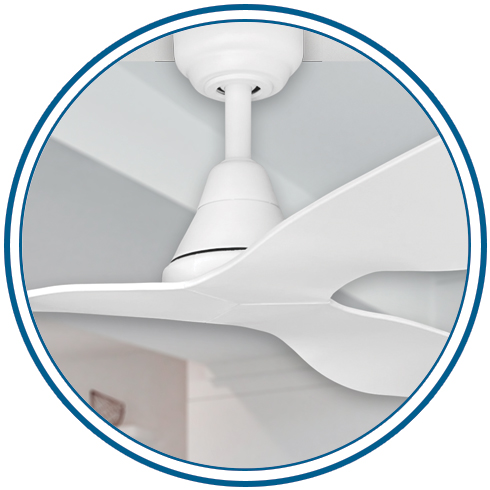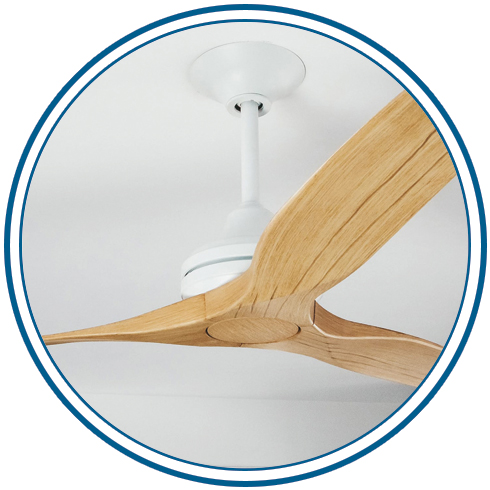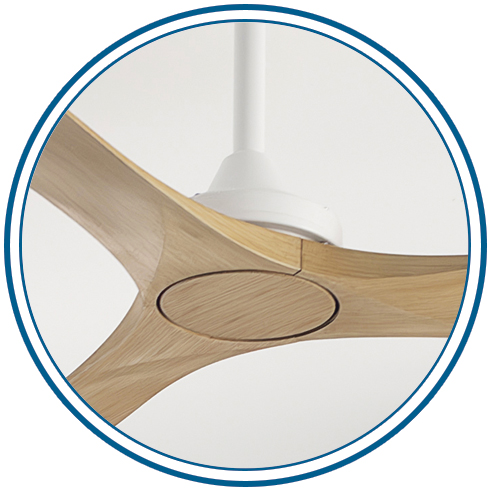
Compare Ceiling Fans by Efficiency
Want to know how well your ceiling fan moves air compared to the power it consumes? We’ve published our Airflow Efficiency ratings for all models to help identify the models that move the most air for the least cost (power). The higher the efficiency rating, the better the fan performs in this area.
Airflow Efficiency
A higher airflow efficiency means your ceiling fan will move more air while consuming less power. Our models are sorted from highest to lowest efficiency ratings below.
With energy costs on the rise, everyone is conscious of the cost of running appliances. However, a ceiling fan that consumes low power but doesn’t move adequate levels of air won’t offer much benefit. That’s where the airflow efficiency rating can help guide decision-making by identifying models that offer good airflow for the power consumed.
To make an informed buying decision on your new ceiling fan, it’s important to consider a range of factors such as aesthetics, airflow, running costs, and the size of the space. For example, a ceiling fan with a low airflow efficiency rating may still be a great choice for bedrooms, depending on your specific needs and preferences.
The 100″ Kirra DC ceiling fan skews these charts heavily – it has been designed to move large volumes of air and is extremely effective in large enclosed spaces. However, it has highly specific use cases.
You may also be interested in:



